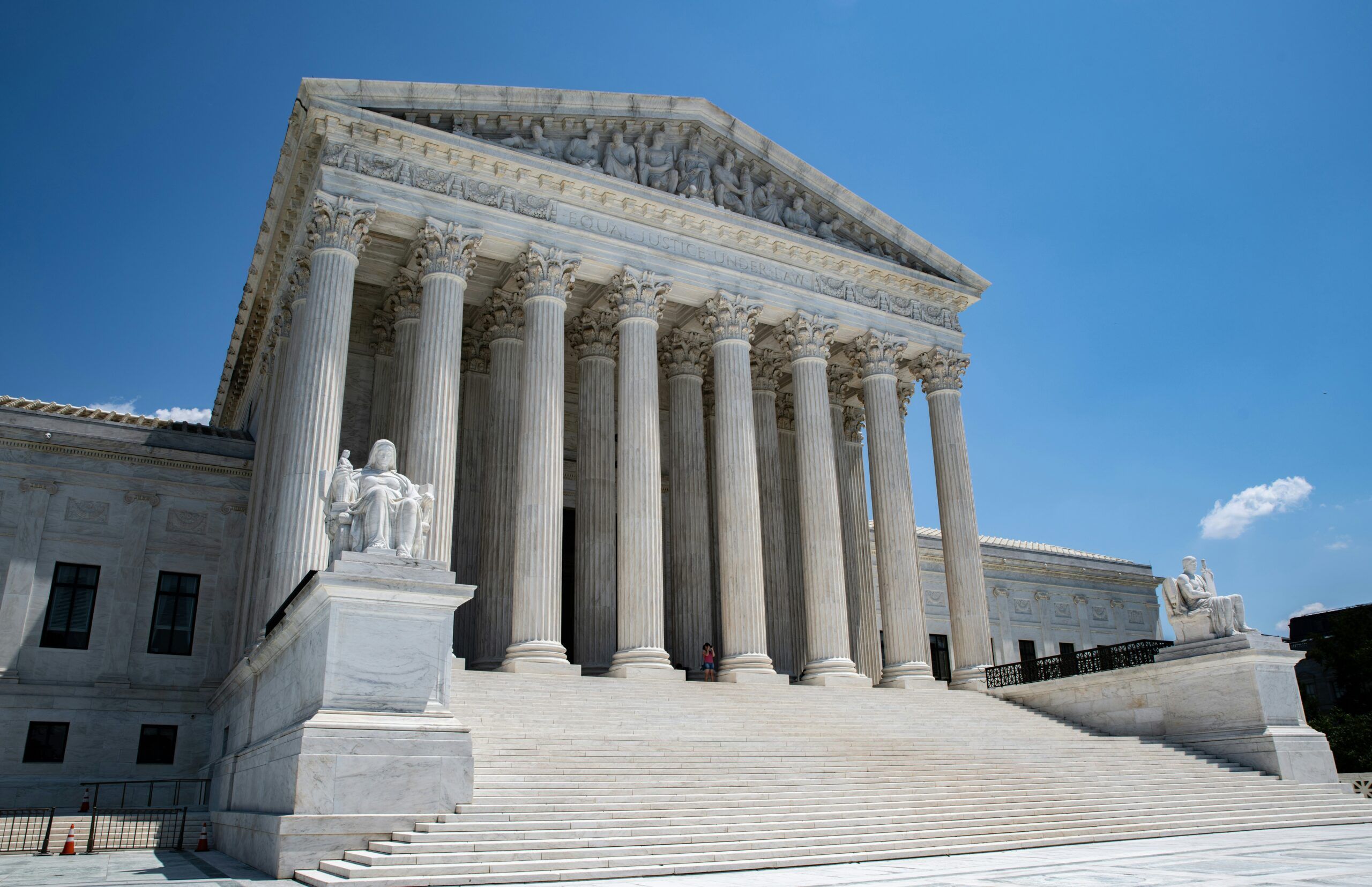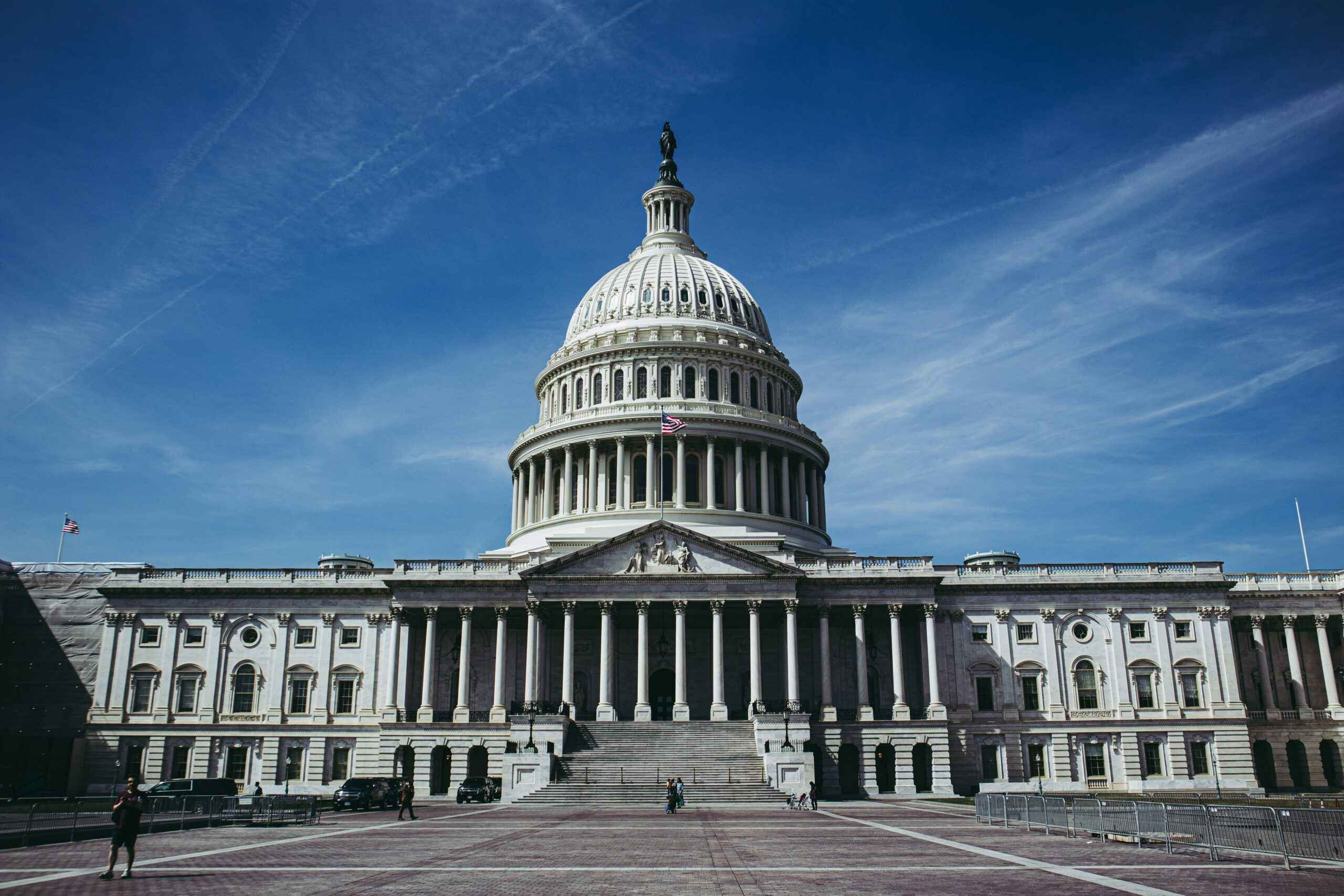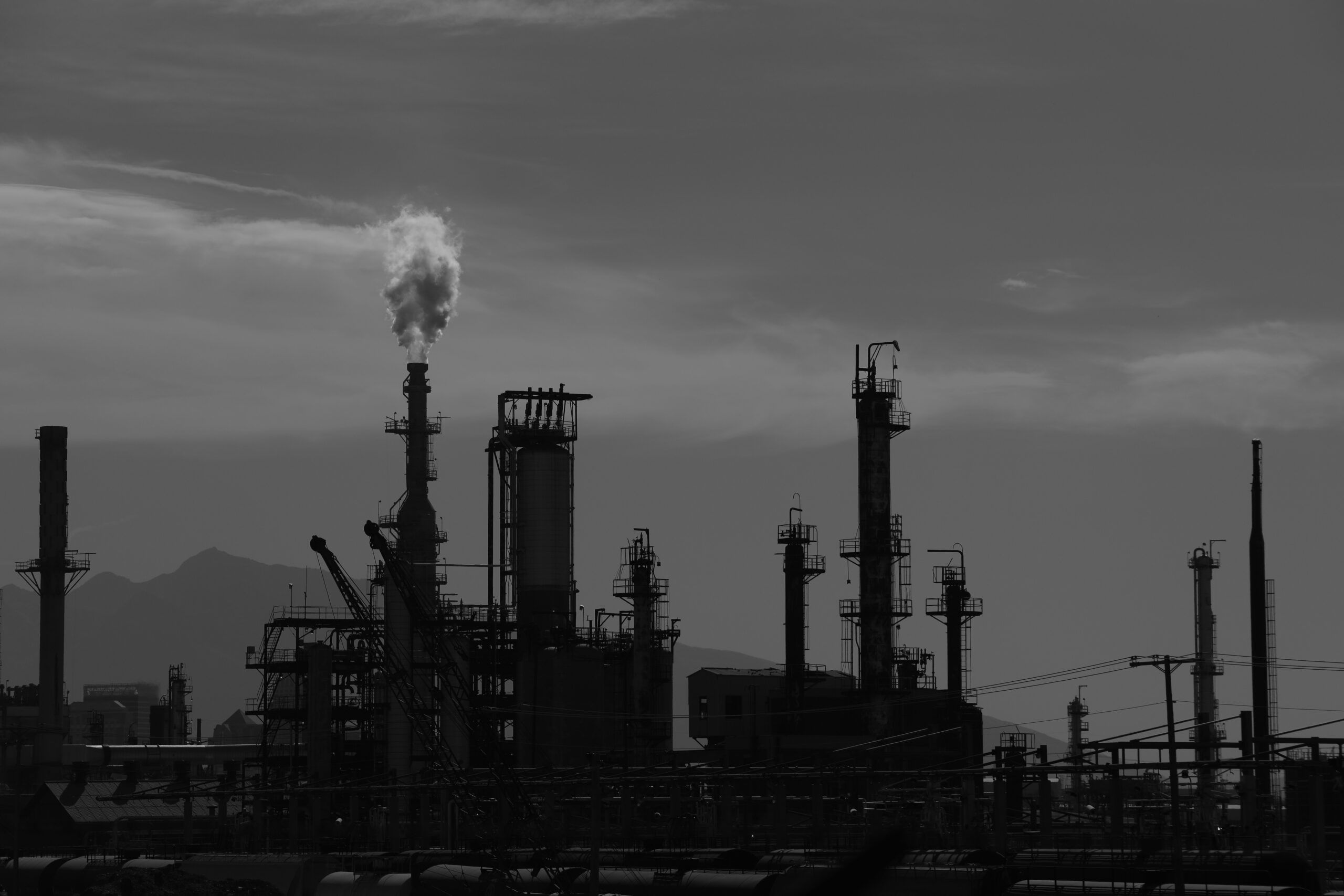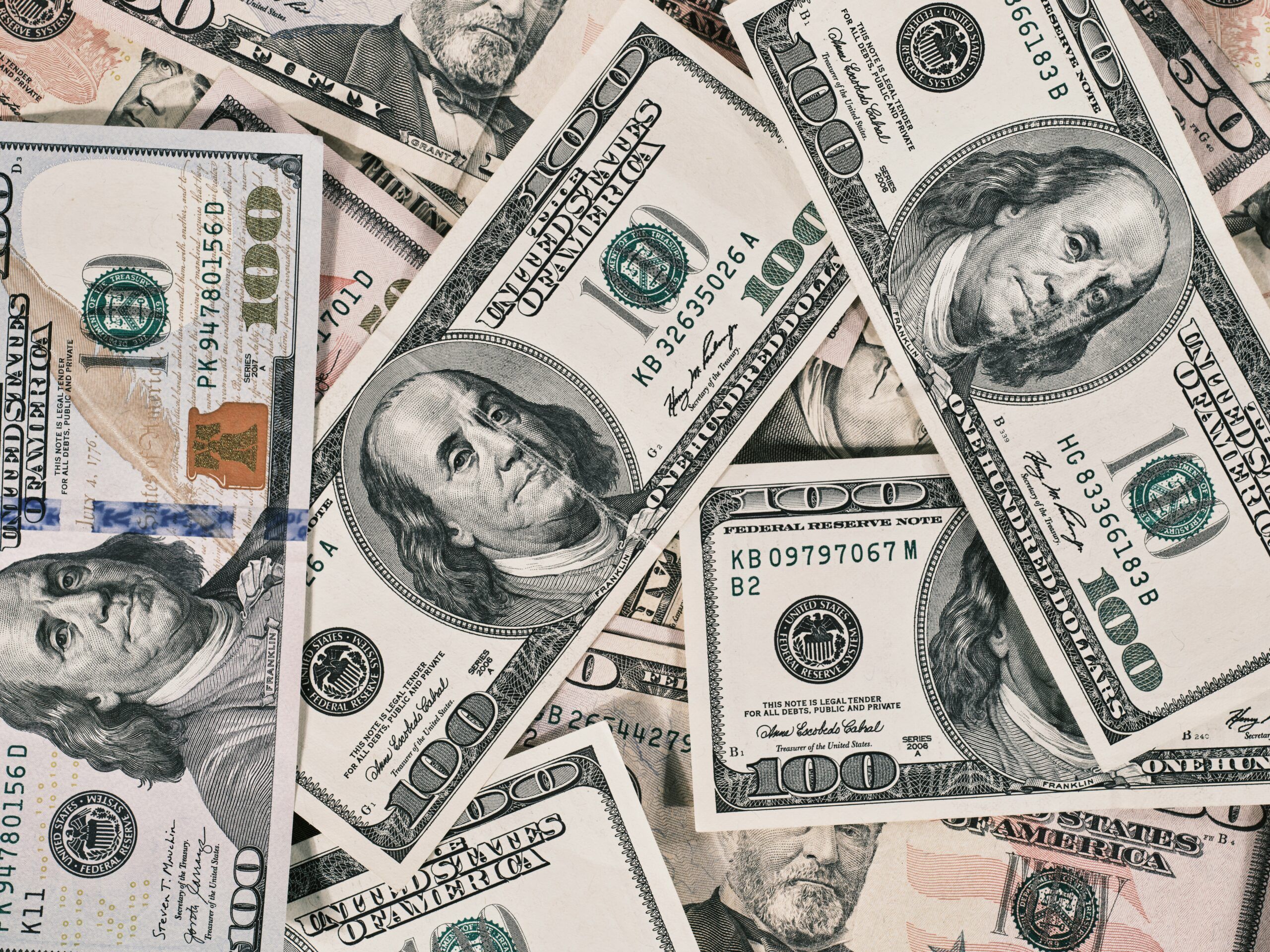UK Chancellor Raises Taxes by £26 Billion in November Budget
Yesterday, the 25th of November, was a very chaotic day for the Chancellor of the Exchequer, Rachel Reeves, as the OBR (Office for Budget Responsibility) released in error details of the budget that had not already been pre-briefed to the media. As the chancellor rose from her seat, the house was filled with cheers from the Labour benches, but the enthusiasm quickly faded, returning only when she announced the end of the two-child benefit cap.
However, there was no hiding place for the chancellor as the brutal facts of this budget hit home. Despite promising no more increases in taxes after the 2024 autumn budget, where taxes were raised by £40 billion, she raised taxes by a further £26 billion.
On top of that, data released by the OBR showed declining growth, therefore undermining one of the chancellor’s main priorities of tackling the cost of living. Also, further data showed that the budget will have no significant impact on output by 2030.
In the budget, Chancellor Reeves announced in excess of 80 policies, which included tax rises, allowing her to double her “Fiscal Buffer” to £22 billion, which, in doing so, kept her manifesto pledge on not raising the rate of income tax. However, the OBR announced that the latest Labour budget has taken the overall tax intake to the highest on record. Observers have noted that this budget has straddled the line between keeping the Labour backbenchers happy and not upsetting the bond markets, but the so-called smorgasbord approach (a large number of small measures) will create a significant gap between the winners and losers.
Winners
*The Bond Market – Markets were surprised by the chancellor as she announced a higher-than-expected buffer of £22 billion. In response to the signal that the government was going to be borrowing less than was originally suspected, sterling rallied against the US Dollar to $1.32, and the FTSE 100, led by the banks, was up by 1%. The gilt market rallied to this news, with bonds climbing, pushing down the 10-year yield for the fifth day in a row to 4.42%, and the 30-year yield dropped 11 basis points on the news from the DBO (Debt Management Office) that it would sell fewer long-dated bonds.
*Low-Paid Workers and Pensioners – State pensioners will gain an increase of up to £575 per year, the equivalent of 4.8% pa, whilst those on a minimum wage will get an increase of 4.1%.
*Investment/Fund Managers and Advisers/Consultants – The chancellor is encouraging more savers to invest in stocks and shares from April 2027 by cutting the annual cash limit for ISAs from £20,000 to £12,000.
*Household Heating – The chancellor has provided relief to households by reducing the average energy bills by £150, though she did not cut VAT. This measure included removing a scheme that funds efficiency upgrades for homes, and abolishing a number of green levies that support renewable electricity.
*High Street Retailers – The chancellor announced that lower business rates (permanent) will be enjoyed by shops, hospitality and leisure companies who have properties valued at under £500,000. The savings will be funded by an increase in rates on properties valued in excess of £500,000.
*The Young Generation – For those classified as young people who have been out of work for over 18 months, the government will provide training, education and guaranteed work in a bid to tackle long-term youth unemployment.
Losers
*Mansion Tax – The chancellor has raised a levy on houses worth £2,000,000 and over, and experts suggest that 60% of taxable homes are in London. The levy, due to come into effect in 2028, consists of a surcharge of £ 2,500 pa rising to £ 7,500 on homes worth more than £5,000,000. Reaction from professionals inside the property market was one of relief as they felt it could have been much worse, as trial balloons floated before the budget suggested that the chancellor might force homes in the two highest bands of council tax to pay more, drawing in many more homes than the new mansion tax.
*Online Casinos – The chancellor announced a doubling of duties from 20% to 40% for remote gaming companies, prompting a fall in the share price for many British gaming companies. Online casinos have been growing rapidly, with data showing that in 2024, the sector made £12.6 billion, and the treasury expects to earn an extra £1.1 billion a year from increases in taxes by 2029 – 2030. Three major gambling companies, including the Rank Group, have already warned of job losses and have revised profit forecasts downwards.
*Owners of Electric Vehicles – The chancellor has slapped electric vehicle owners in the face by announcing a pay-per-mile tax on electric vehicles and some hybrid vehicles. Starting in April 2028, electric car owners will pay a road charge of 3p per mile, and hybrid plug-in owners will pay 1.5p per mile. In order to collect the tax, mileage will be checked once a year, typically via the MOT, or for new cars around their first and second anniversary.
*Salary Sacrificed Pensions – Currently, employees can use salary sacrifice to pay up to £60,000 of contributions into their pension scheme, with NICs and income tax relief available on the full amount of the contribution. However, under the chancellor’s new threshold of £2,000, any amounts above this figure will incur NICs at standard rates.
*Landlords – Under the November budget, the chancellor has targeted property income through an increase in tax of 2% starting in April 2027, plus new separate Property Tax Bands of 22% (basic rate was 20%), 42% (higher rate was 40%) and 47% (additional rate was 45%). Rumours of National Insurance charges on rental income did not come to fruition in this budget, with landlords breathing a sigh of relief.
*Student Loans – Sadly for students, the chancellor announced that from April 2027, the salary at which they must repay their student debt will be frozen at £29,385 for three years. The new measure applies to graduates with plan 2 loans** and the vice-president of the NUS (National Union of Students) for higher education has said that when repayments begin, the salary being earned by a graduate could be dangerously close to the minimum wage.
**Plan 2 Student Loans – This is a type of UK government income-contingent repayment student loan for undergraduate courses, primarily for students from England and Wales who started their courses between September 2012 – July 2023 (England) and September 2012 onwards (Wales).
The chancellor said her autumn budget is “a budget for fair taxes, strong public services and a stable economy, and in the face of challenges on our productivity, I will grow our economy through stability, investment and reform.” Welfare spending was £16 billion higher than forecasted back in March this year, including a £3 billion decision to remove the cap on child benefits, all of which was loudly cheered by left-wing MPs.
The government’s number 1 ambition is to grow the economy; however, the OBR (Office for Budget Responsibility), the budget watchdog, has announced that this budget has not moved the needle on growth and will have “no significant impact on output by 2030”. The leader of the opposition, Kemi Badenoch, strongly criticised the chancellor, and in a fiery speech labelled it a “smorgasbord of misery”. She accused Reeves of breaking promises and implementing tax hikes that punish hard-working people and reward welfare.










